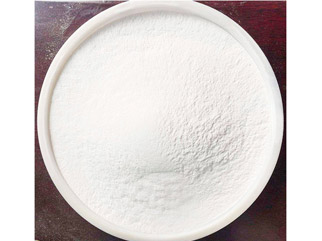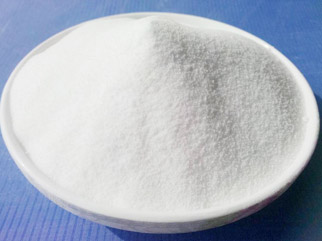As a Parylene C Supplier, share with you.
1.Magnetic materials
With the continuous development of the information industry, magnetic components are becoming more and more miniaturized. Soft magnetic cores of 3-5, rare earth permanent magnet materials of 2-3, and even smaller-sized magnetic materials are constantly being applied. New requirements are imposed on the protection of magnetic materials.
When a small soft magnetic core is used as a Rao line device, it can withstand voltages of 1500-2000V or higher after being coated with parylene. Due to the low coefficient of friction of parylene, it does not damage the wire, and is more convenient to operate. Rare earth neodymium iron boron permanent magnet material is a kind of high-performance strong magnetic material, but this material is very unstable in the air. Larger sizes usually use electroplating or epoxy electrophoretic paint as protective coatings. Smaller size magnetic materials
Especially ring-shaped and cylindrical magnetic materials can no longer be reliably protected by the above-mentioned traditional methods and meet the requirements for use. The combination of Parylene C's unique preparation process and excellent performance makes it able to perform full coating of small and ultra-small magnetic materials without weak points. It can be immersed in hydrochloric acid for more than 10 days without corrosion. All use Parylene as insulation and a protective coating.
Parylene N
2. Printed circuit components and components
With the development of surface mount technology and the increasingly miniaturization of components, printed circuit components are also increasingly miniaturized and high-density. Parylene raw materials c have put forward new requirements for the three-proof measures of printed circuit components. . The protective coatings such as epoxy resin, polyvinyl chloride, silicone resin, and polyacrylic acid that are traditionally used for Parylene raw materials c are liquid coatings. Due to the viscosity and surface tension of the liquid, the thickness of the coating is uneven, and the coating is thin at the edges and corners. When there is only a small gap between the components and the substrate, the coating will not flow. An air gap is formed.
The coating is cured. After drying, it will cause shrinkage stress or form pinholes due to volatilization of solvents or small molecule additives. The dielectric strength of these traditional coatings is generally below 2000V / 25um, so it must be applied multiple times to achieve more reliable protection with thicker coatings. Parylene coating is based on active paraxylene double radicals. Small molecule gas is deposited and polymerized on the surface of printed circuit components.
Tritium gaseous small molecules can penetrate and deposit on the substrate including any small gap under the mount to form a high-purity polymer with a molecular weight of about 500,000. It does not have small molecules such as auxiliary solvents, which will not cause damage to the substrate. The combination of Parylene raw material c with a uniform thickness and excellent performance makes the Parylene coating only need 0.02-0.050.02 for printed circuits. The surface of the module provides very reliable protection, and even after the salt spray test, the surface insulation resistance will not change much.
Our company also has Parylene N on sale, welcome to consult.

